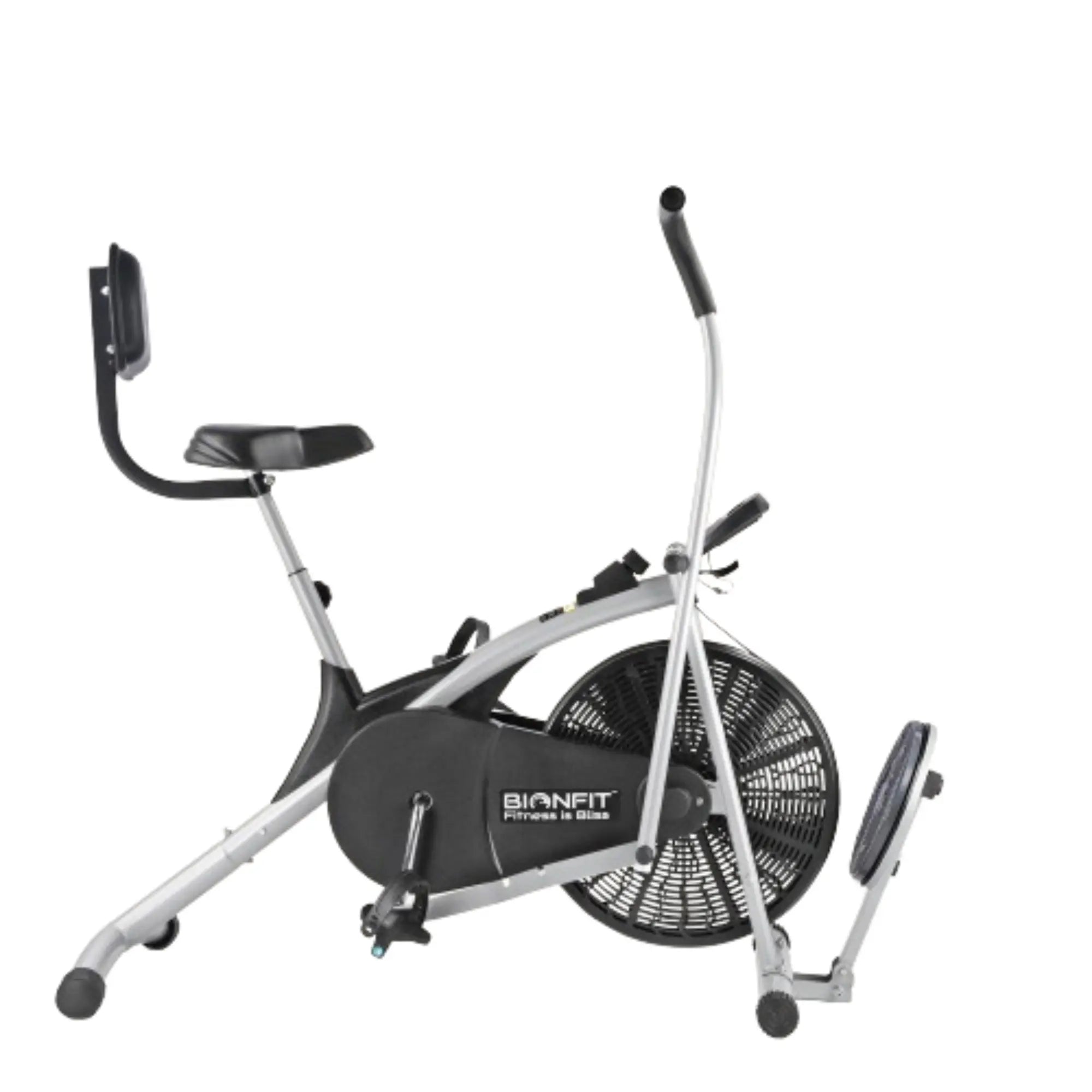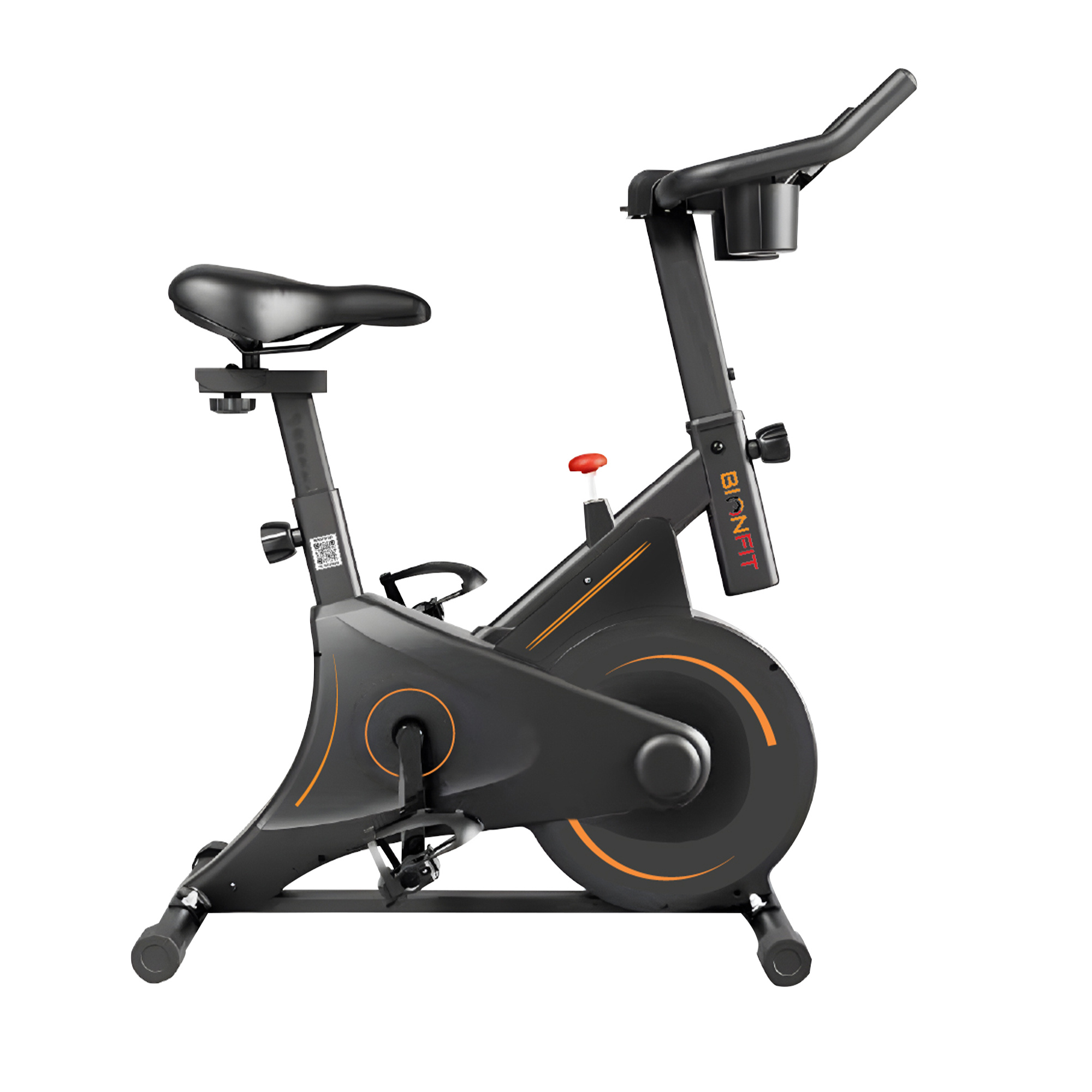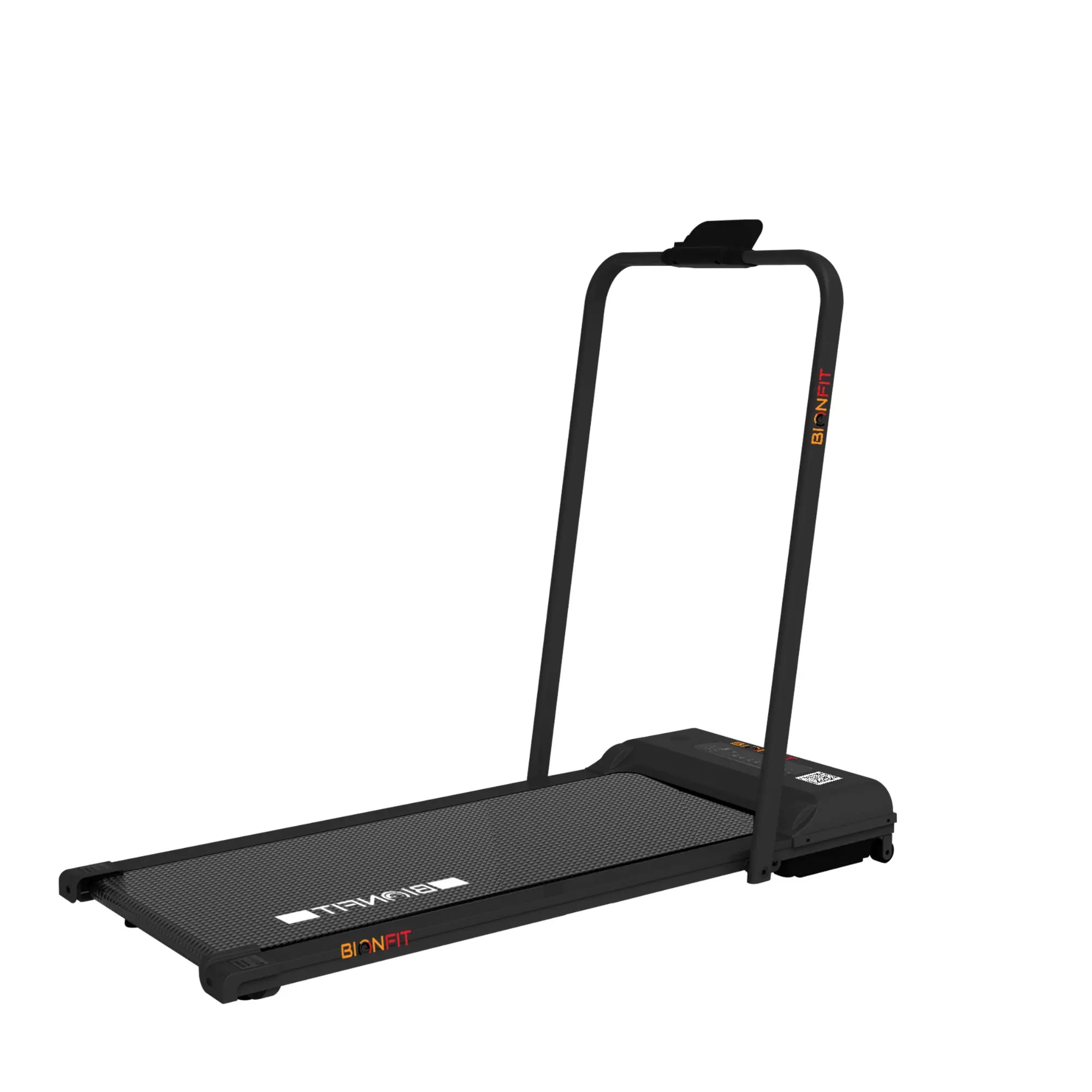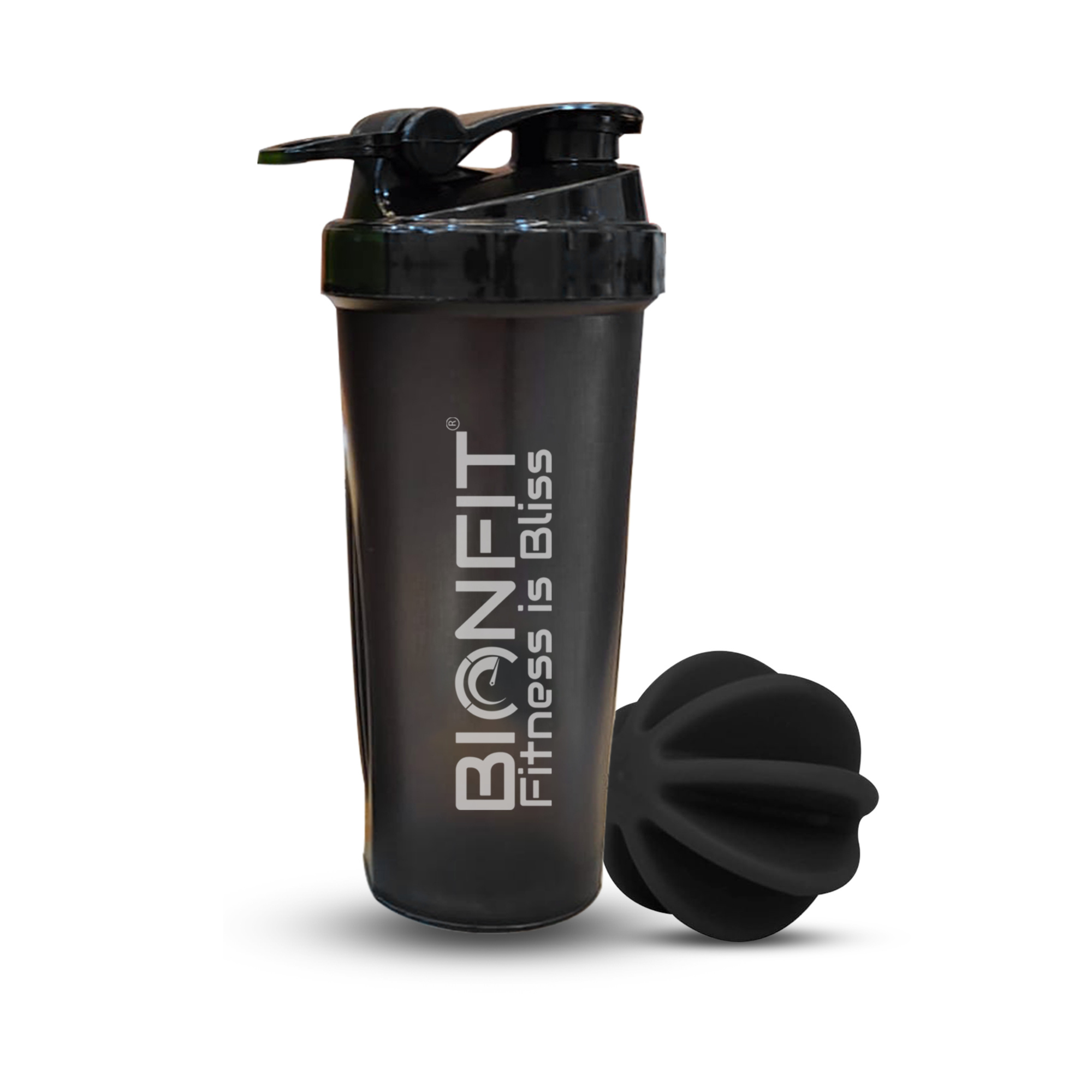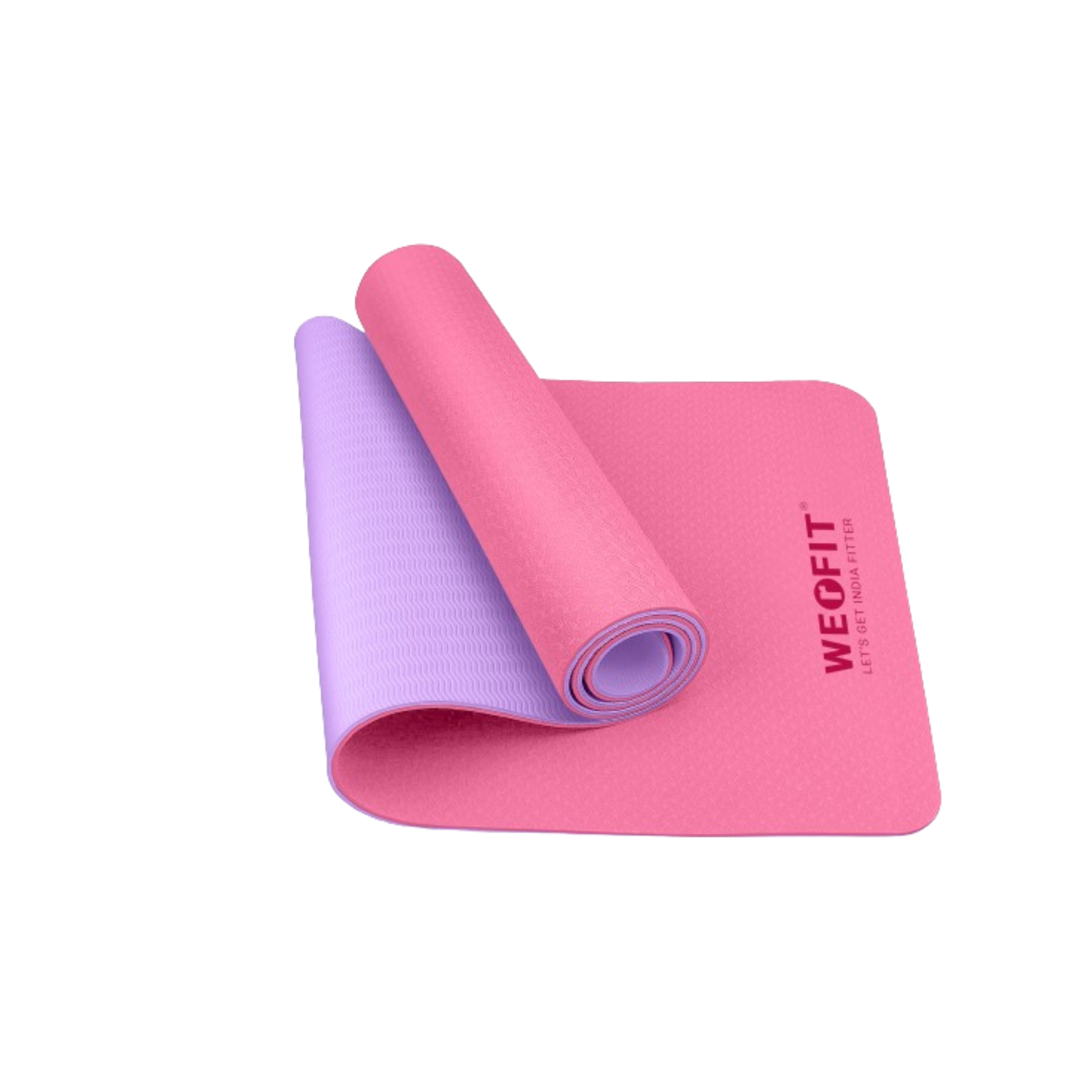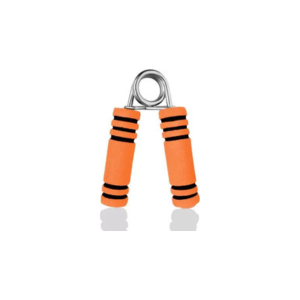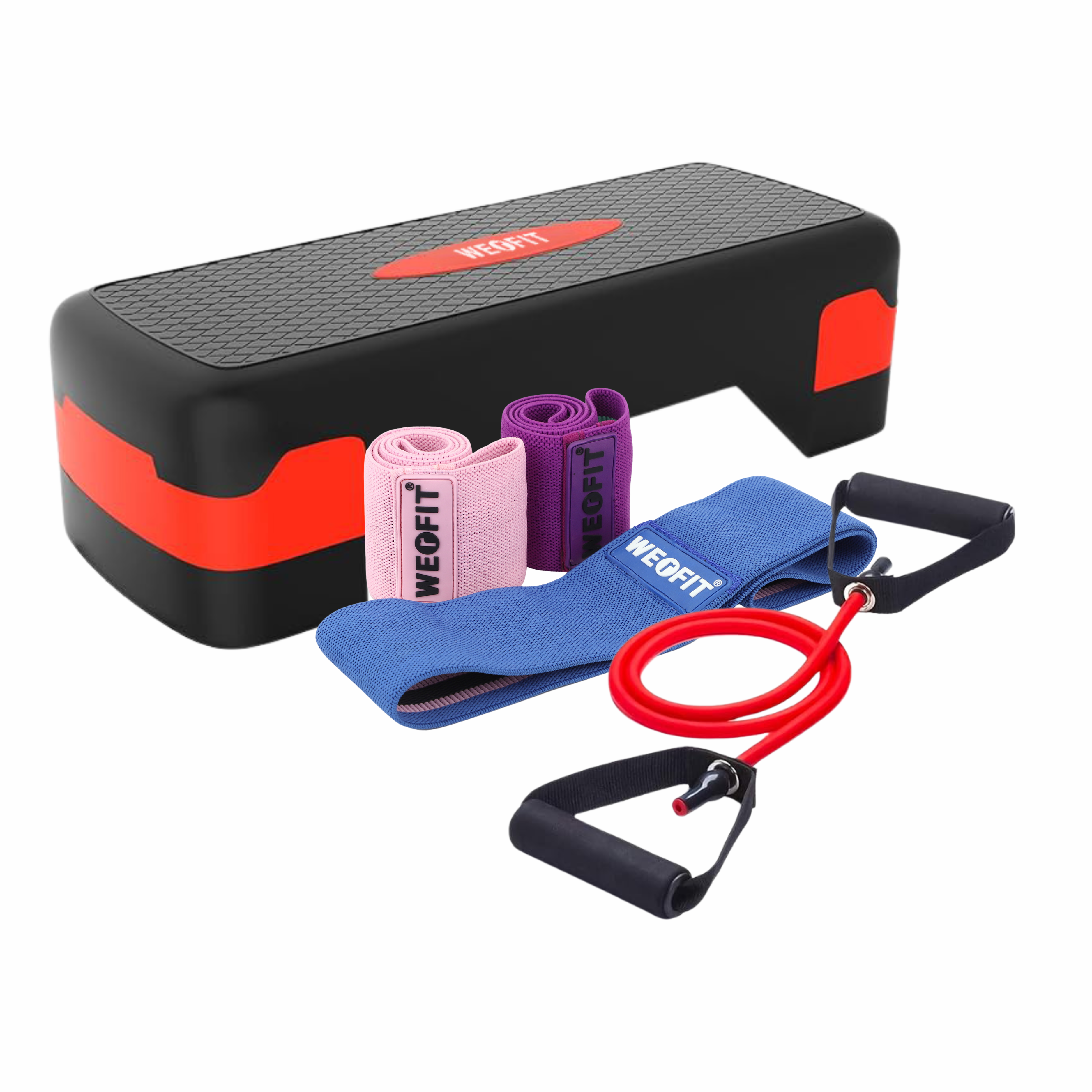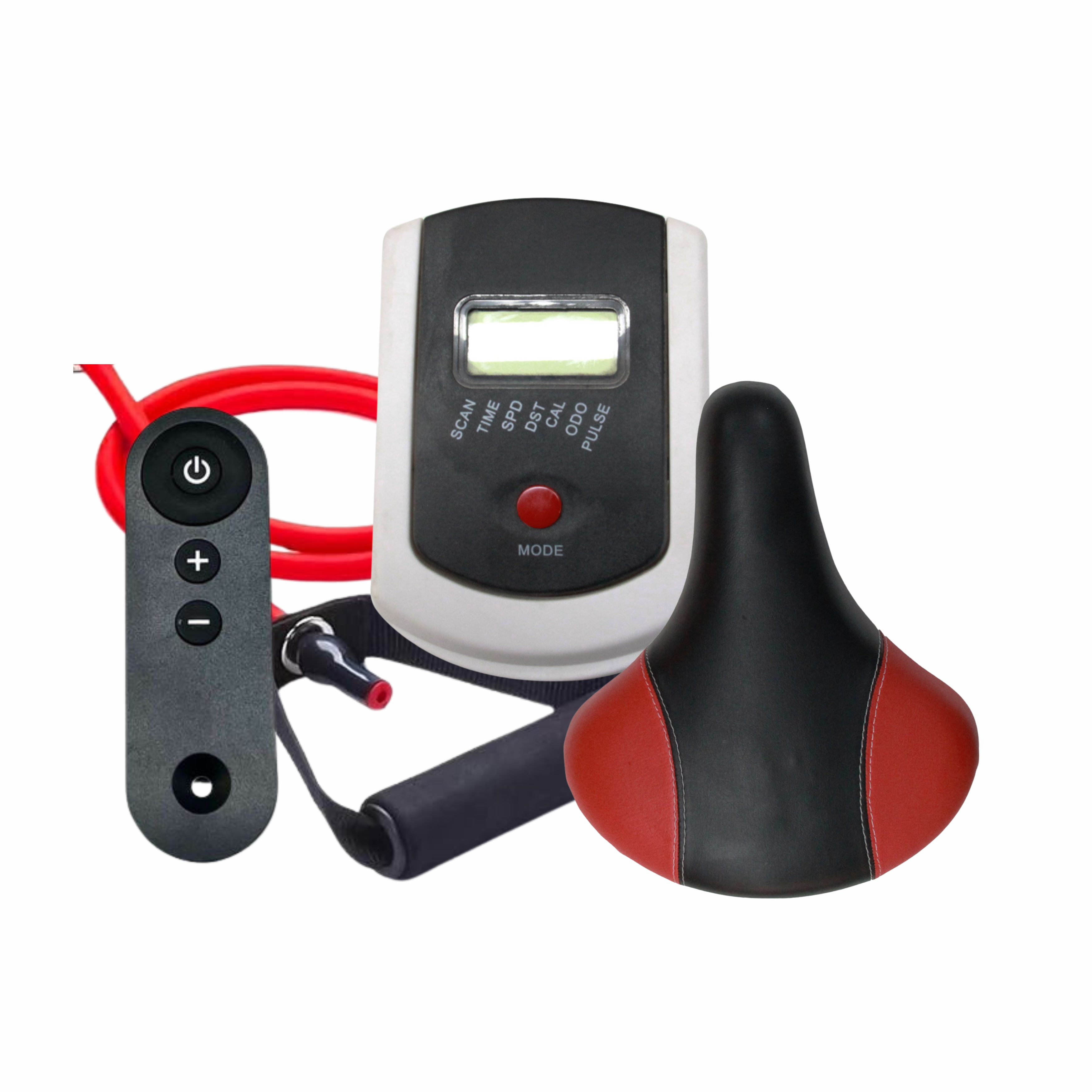
A Beginner's Guide to Airbike Training
Airbike training, also known as fan bike or assault bike training, is a dynamic and effective way to improve your cardiovascular fitness and overall strength. It involves using a stationary exercise bike equipped with a large fan wheel that generates resistance as you pedal. While it might seem intimidating at first, airbike training is suitable for beginners and seasoned athletes alike, offering a low-impact yet challenging workout experience.
Benefits of Airbike Training
Cardiovascular Health
One of the primary benefits of airbike training is its ability to improve cardiovascular health. By engaging in regular sessions on the airbike, you can strengthen your heart and lungs, enhancing your endurance and stamina over time.
Full-Body Workout
Unlike traditional stationary bikes that primarily target the lower body, airbike training engages multiple muscle groups simultaneously. As you pedal, you'll also be using your arms to push and pull the handles, resulting in a comprehensive full-body workout.
Low Impact
Despite its intensity, airbike training is gentle on the joints, making it suitable for individuals with joint pain or those recovering from injuries. The smooth, circular motion of pedaling minimizes impact, reducing the risk of strain or injury commonly associated with high-impact exercises.
Getting Started with Airbike Training
Choosing the Right Airbike
When selecting an airbike for your home gym or fitness facility, consider factors such as build quality, resistance levels, and adjustable features. Look for a model that suits your fitness level and offers room for progression as you become more experienced.
Setting Up Your Airbike
Before you begin your workout, ensure that your airbike is properly set up and adjusted to your specifications. Adjust the seat height and handlebar position to achieve a comfortable and ergonomic riding position, allowing for optimal performance and efficiency.
Proper Form and Technique
To maximize the effectiveness of your airbike workouts and prevent injury, focus on maintaining proper form and technique throughout each session. Keep your back straight, shoulders relaxed, and core engaged as you pedal, avoiding excessive leaning or hunching over the handlebars.
Sample Airbike Workouts
Interval Training
Interval training involves alternating between periods of high-intensity effort and recovery. On the airbike, you can perform intervals by pedaling at maximum effort for a set duration, followed by a period of active recovery at a lower intensity.
Endurance Training
Endurance training on the airbike involves maintaining a steady pace for an extended period, typically ranging from 20 to 60 minutes or more. This type of workout helps improve aerobic capacity and build endurance over time.
HIIT Workouts
High-Intensity Interval Training (HIIT) is a popular and efficient way to torch calories and improve fitness levels. HIIT workouts on the airbike involve short bursts of maximum effort followed by brief rest periods, allowing you to push your limits and elevate your heart rate.
Progression and Tracking
Setting Goals
To stay motivated and track your progress, set specific and measurable goals for your airbike training. Whether it's increasing your average speed, duration, or resistance level, having clear objectives can help keep you focused and committed to your fitness journey.
Monitoring Progress
Keep track of your workouts and performance metrics using a fitness tracker or app. Monitor metrics such as distance, time, calories burned, and average power output to gauge improvements and identify areas for growth.
Adjusting Intensity
As you become more accustomed to airbike training, gradually increase the intensity and duration of your workouts to continue challenging your body and stimulating progress. Experiment with different resistance levels, interval durations, and workout formats to keep your training varied and effective.
Common Mistakes to Avoid
Overexertion
Avoid pushing yourself too hard, especially when starting with airbike training. Listen to your body and gradually increase the intensity and duration of your workouts to prevent overexertion and minimize the risk of injury.
Poor Posture
Maintain proper posture and alignment throughout your airbike workouts to prevent strain or discomfort. Avoid slouching or leaning excessively on the handlebars, and engage your core muscles to support your spine and stabilize your body.
Not Listening to Your Body
Pay attention to how your body feels during and after your workouts, and adjust your intensity or technique accordingly. If you experience pain or discomfort, take a break and allow your body to recover before resuming your training.
Tips for Success
Stay Consistent
Consistency is key to seeing results with airbike training. Aim to incorporate regular workouts into your routine, even if it's just a few sessions per week, to maintain momentum and progress toward your fitness goals.
Listen to Your Body
Listen to your body's signals and adjust your workouts accordingly. If you're feeling fatigued or sore, take a rest day or engage in lighter activity to allow for recovery and prevent burnout.
Mix It Up
Keep your airbike workouts interesting and challenging by mixing up your routine. Incorporate different workout formats, intervals, and resistance levels to prevent boredom and plateaus while continuously challenging your body.
Conclusion
In conclusion, airbike training offers a versatile and effective way to improve cardiovascular fitness, build strength, and burn calories. By following proper technique, gradually increasing intensity, and staying consistent with your workouts, you can experience the numerous benefits of airbike training and achieve your fitness goals.
FAQs
1. Is airbike training suitable for beginners?
- Yes, airbike training is suitable for individuals of all fitness levels, including beginners. Start at a comfortable intensity and gradually increase as you become more experienced.
2. How often should I do airbike workouts?
- Aim to incorporate airbike workouts into your routine at least 2-3 times per week to see improvements in cardiovascular fitness and strength.
3. Can I use airbike training for weight loss?
- Yes, airbike training can be an effective tool for weight loss when combined with a balanced diet and consistent exercise routine.
4. Do I need any special equipment for airbike training?
- All you need is an airbike and a comfortable workout space. Some individuals may choose to use additional equipment such as heart rate monitors or fitness trackers for tracking progress.
5. Is airbike training safe for individuals with joint pain or injuries?
- Yes, airbike training is generally considered low-impact and gentle on the joints, making it suitable for individuals with joint pain or injuries. However, it's essential to listen to your body and avoid overexertion.
Follow us on more updates.

